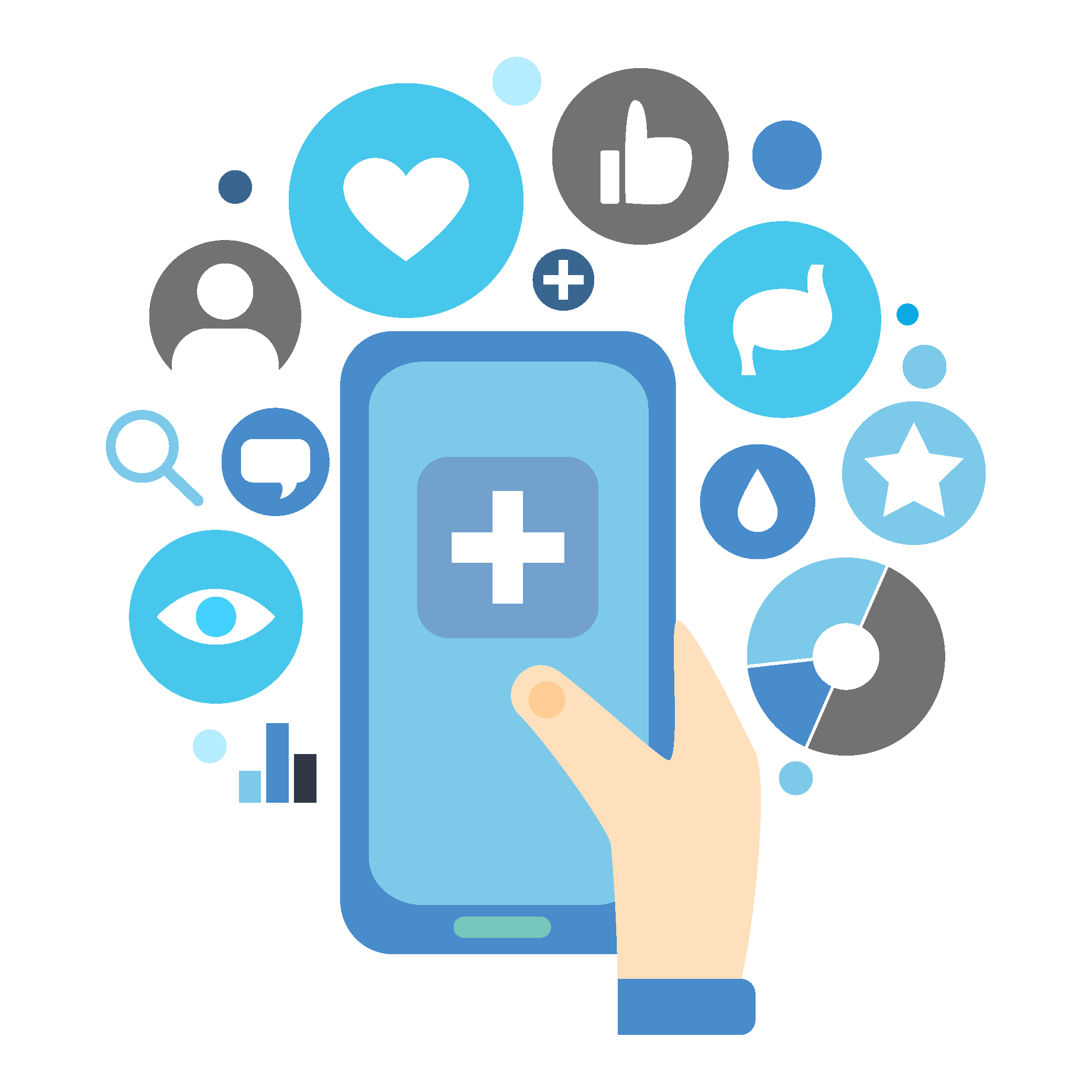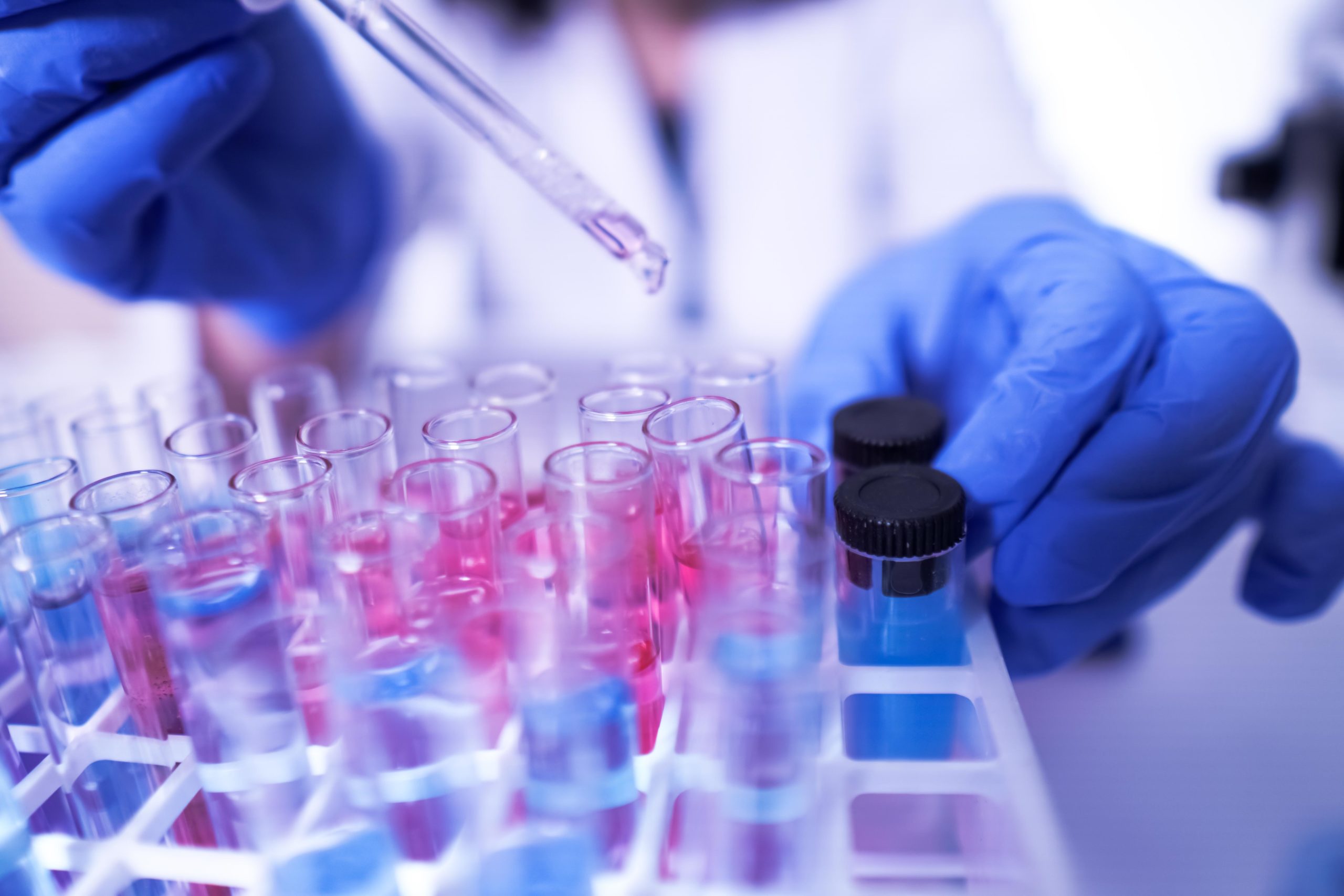
Remote Care Revolution: Patient Monitoring Redefined
In the ever-evolving landscape of healthcare, remote patient monitoring (RPM) stands as a transformative force, redefining how patients receive care. This article explores the paradigm shift brought about by RPM, examining its impact on patient outcomes, healthcare efficiency, and the overall landscape of modern healthcare.
The Essence of Remote Patient Monitoring
Remote patient monitoring involves the use of technology to collect and transmit patient data from a distance. This data encompasses vital signs, symptoms, and other health metrics, allowing healthcare providers to monitor patients outside of traditional clinical settings. RPM offers a real-time and continuous stream of information, enabling proactive interventions and personalized care plans.
Continuous Health Surveillance Beyond the Hospital
One of the primary advantages of RPM is its ability to extend healthcare beyond the confines of hospitals and clinics. Patients can be monitored in the comfort of their homes, reducing the need for frequent hospital visits, especially for those with chronic conditions. This continuous surveillance fosters a more comprehensive understanding of a patient’s health, leading to more timely interventions.
Enhancing Chronic Disease Management
RPM plays a pivotal role in the management of chronic diseases. Patients with conditions such as diabetes, hypertension, or heart failure can benefit from continuous monitoring of vital signs and relevant health parameters. Healthcare providers can track trends, detect potential issues early, and adjust treatment plans in real time, leading to better outcomes and improved quality of life for patients.
Proactive Interventions and Timely Care Adjustments
The real-time data provided by RPM enables healthcare providers to intervene proactively. If a patient’s vital signs deviate from the norm or specific health metrics raise concerns, healthcare teams can initiate timely interventions. This proactive approach minimizes the risk of complications, reduces hospital readmissions, and ensures that patients receive the right care at the right time.
Empowering Patients Through Self-Management
RPM empowers patients to actively participate in their healthcare journey. With access to their own health data, patients become more engaged in self-management. They can make informed decisions about lifestyle choices, medication adherence, and overall well-being. This shift towards patient empowerment contributes to a more collaborative and patient-centered approach to healthcare.
Telehealth Integration for Seamless Communication
The integration of RPM with telehealth technologies enhances communication between patients and healthcare providers. Telehealth platforms enable virtual consultations, ensuring that healthcare professionals can discuss monitoring results, address patient concerns, and make care adjustments remotely. This seamless communication contributes to a more efficient and patient-friendly healthcare experience.
Data Security and Patient Privacy Considerations
As with any technology-driven healthcare innovation, RPM raises concerns about data security and patient privacy. Ensuring the confidentiality and integrity of patient data is paramount. Robust security measures, encryption protocols, and adherence to privacy regulations are crucial to building trust in remote patient monitoring systems.
Cost-Efficiency and Healthcare Resource Optimization
RPM has the potential to optimize healthcare resources and reduce costs. By preventing complications, minimizing hospitalizations, and streamlining care delivery, RPM contributes to a more cost-efficient healthcare system. This is particularly valuable in the context of rising healthcare demands and the need to allocate resources effectively.
Future Trends and Technological Advancements
The landscape of remote patient monitoring continues to evolve with ongoing technological advancements. Innovations in wearable devices, sensor technologies, and artificial intelligence further enhance the capabilities of RPM. Future trends may include more sophisticated monitoring devices, predictive analytics, and increased integration with electronic health records (EHRs).
Explore the Future of Healthcare at centrumzdravi.org
For those interested in delving deeper into the transformative realm of remote patient monitoring, centrumzdravi.org serves as a valuable resource. The platform provides insights, resources, and updates on the latest developments in remote patient monitoring, offering a comprehensive guide for individuals navigating the future of healthcare.
A New Era in Patient-Centric Care
In conclusion, remote patient monitoring heralds a new era in patient-centric care. By leveraging technology to bridge the gap between healthcare providers and patients, RPM transforms how healthcare is delivered. From enhancing chronic disease management to empowering patients and optimizing healthcare resources, the impact of RPM is far-reaching, paving the way for a more connected and efficient healthcare ecosystem.

